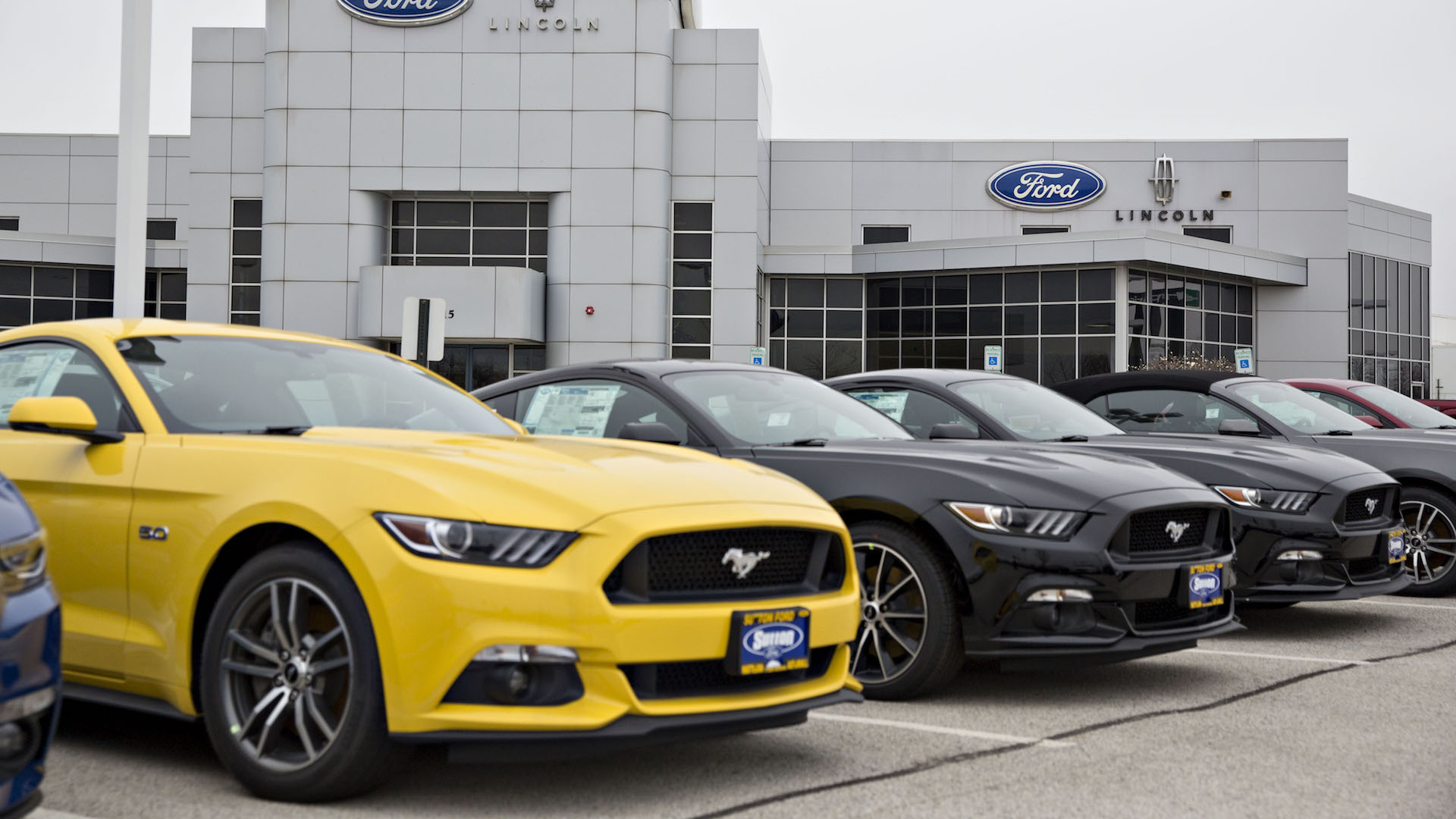

Americans looking to buy a new car nowadays are paying about $550 more than those making the purchase a year ago.
Analysts at Kelley Blue Book estimate the average sticker price for light vehicles in the United States to be $35,870 in November, up by $554 or an increase of 1.6 percent from the year-ago period. From the previous month, the average price tag rose $83, climbing 0.2 percent.
Much of consumer demand is geared toward small SUVs, which had prices climb by 3 percent last month from November 2016. “This segment features many recent redesigns, and shows no signs of weakness despite the overall down market for new vehicles,” according to Tim Fleming, analyst at Kelley Blue Book.
Noting that transaction prices hit a record high last month, Fleming attributes the price hikes as stemming from “the shifting sales mix away from cars, which now stands at just 34 percent and is trending downward.”
Ford tallied solid price growth of almost 3 percent in November 2017, helped by a strong mix of F-Series Super Duty sales. The Mustang also had a good month, with prices rising 3 percent.
Conversely, Lincoln declined 1 percent and the next-generation Navigator is now reaching dealerships and may provide a large lift for the brand.
Toyota transaction prices climbed 2 percent, according to the Kelley Blue Book calculations. The redesigned Camry increased 10 percent, while Toyota’s top seller, the RAV4, recorded gains of 6 percent on a strong sales mix of the RAV4 Hybrid, which helped the Toyota brand improve by 3 percent.